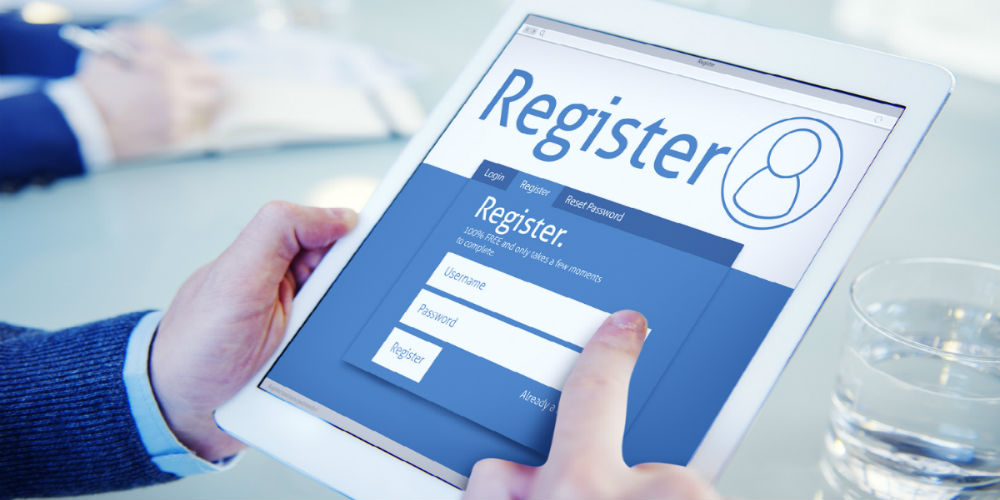It’s the little things that matter

Right now, “Enhancing the customer experience” is a big topic within the financial industry. Innovations such as responsive design, mobile pay, integration of desktop and mobile, and personalized digital marketing all offer consumers what they want most from their financial institutions today: a way to make banking easier.
But for many credit unions, some of the smaller issues – like the process for adjusting account access, disputing charges, transferring balances or updating account information – don’t sync with these important initiatives. Here’s an example: Let’s say “XYZ Community Credit Union” has an attractive website with a colorful, easy-to-read “Sign Up for Overdraft Protection” promotion. A member clicks the link, and up comes … a 1990’s credit application from a dusty library of PDF forms. That document has to be printed, filled out, signed, scanned, and emailed, faxed or even snail-mailed back to the credit union. Real convenient!
In an industry racing to make the best use of financial technology for improved efficiency, workflow and member service, many credit unions are overlooking the little things, like the value of using secure electronic forms.
Make small changes to make a big difference
Credit unions have a lot on their plates, so it’s understandable not to want to think about one more change. And how members fill out a contact update form or an ACH dispute form isn’t a big problem – not a deal breaker, right? It can be, given consumers’ on-the-go, tech-driven lives.
Back to our earlier example, let’s say one of the members at XYZ Community (a Millennial) is talking to a friend at Starbucks about the great credit card she has through her credit union, which offers no-fee cash advances and other perks. That friend looks it up on her tablet and decides to make a balance transfer. She clicks on the link to that form and up comes a cumbersome printable form, and there’s no printer in sight.
Today’s members expect touch-screen ease and fast answers, for all of their interactions with the credit union. If you’re still relying on PDFs or, worse, awkward paper forms, you’re doing your members a disservice.
Kick the printer to the curb
Check out your website’s Forms Library or stockroom to see how many PDF forms and paper applications your credit union has accumulated. Each one represents a possibility for streamlining back-office processes and enhancing member service. Here are few other benefits to consider:
- Personalization – Much of the information needed can be automatically completed via an online form, so there’s no need for members to provide what you already have in your system (e.g., name, address and account number). That saves time and reduces entry errors.
- Security – Online forms keep s’ personal information safer than paper forms stacked on an employee’s desk, waiting to be processed. For our part, DigitalMailer ensures that all information on our secure forms is encrypted, and the forms are stored on US-based SSAE 16 SOC II compliant servers.
- Better tracking – It’s frustrating when a member requests a document, prints it out and then doesn’t submit it. With online forms, members can complete and submit the form, all with a few keystrokes. And you can track and follow up with those who began the process but abandoned it.
- eSignatures – The old excuse of “it has to be faxed or mailed because we need a signature on the document” no longer holds as much weight. Are you really going to make your members fax you something? eSignatures are cheap and easy to implement – and they’re what today’s members expect.
Go easy on your members
Sticking with familiar processes keeps institutions in their comfort zone, so many cling to the status quo. After all, it’s just a form. But what may seem easiest for your credit union may be enough of an irritant to the member that he doesn’t want to bother. As with easy access and anytime service, consumers will choose the financial institution that takes less time and causes less hassle. It isn’t the big initiatives they notice. It’s the little conveniences you offer them.





